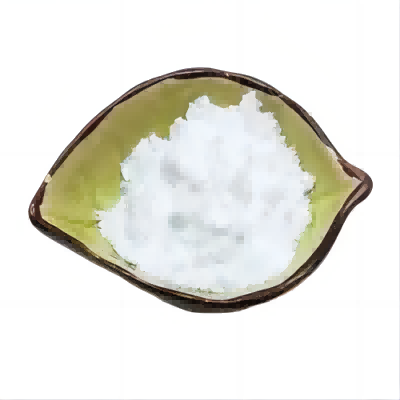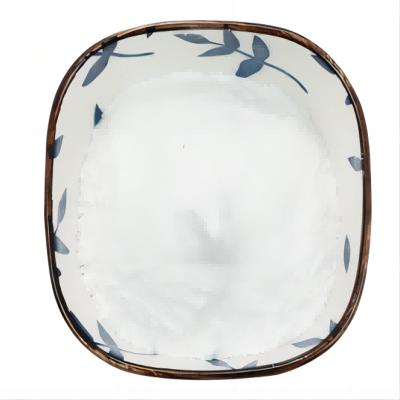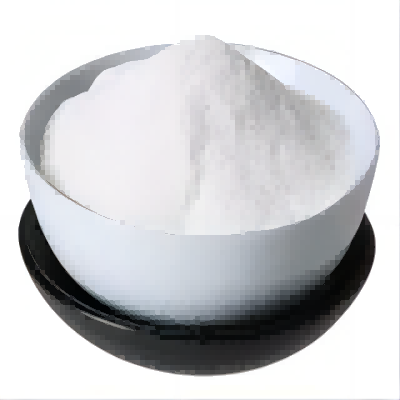3-FORMYL RIFAMYCIN SV CAS:13292-22-3
3-Formyl Rifamycin SV has several important uses primarily in medicinal chemistry and microbiology due to its antibiotic properties and structural versatility. One of its primary applications is as an antibacterial agent in the treatment of various bacterial infections, particularly those caused by mycobacteria such as Mycobacterium tuberculosis. As a derivative of rifamycin, it retains the core functionality that targets bacterial RNA polymerase, thereby inhibiting protein synthesis and effectively curbing bacterial growth. In addition to its therapeutic applications, 3-formyl rifamycin SV serves as a valuable tool in drug development and research. The presence of the formyl group provides unique reactivity, making it a suitable candidate for further chemical modifications. Researchers can explore derivatives of this compound to enhance its bioactivity, optimize pharmacokinetics, and reduce potential side effects. The ability to synthesize and modify 3-formyl rifamycin SV enables the discovery of new antibiotics that may overcome resistance mechanisms in pathogenic bacteria. Moreover, 3-formyl rifamycin SV plays a significant role in the study of antimicrobial resistance. Understanding how this compound interacts with bacterial systems contributes to the broader knowledge of how rifamycins function and the mechanisms that bacteria employ to resist these drugs. This research is crucial for developing new strategies to combat antibiotic resistance, which is a growing global health concern. Additionally, this compound may also find applications in the field of biochemistry, where it can be utilized as a probe or reagent in various biochemical assays. Its reactive nature allows it to participate in specific chemical reactions, aiding in the investigation of biological processes involving DNA and RNA. In summary, 3-formyl rifamycin SV is a significant compound in the pharmaceutical landscape, with substantial implications for antibiotic therapy, drug development, and biochemical research, highlighting its importance in the ongoing fight against bacterial infections and resistance.






| Composition | C20H19N3O5 |
| Assay | 99% |
| Appearance | white powder |
| CAS No. | 13292-22-3 |
| Packing | Small and bulk |
| Shelf Life | 2 years |
| Storage | Store in cool and dry area |
| Certification | ISO. |









